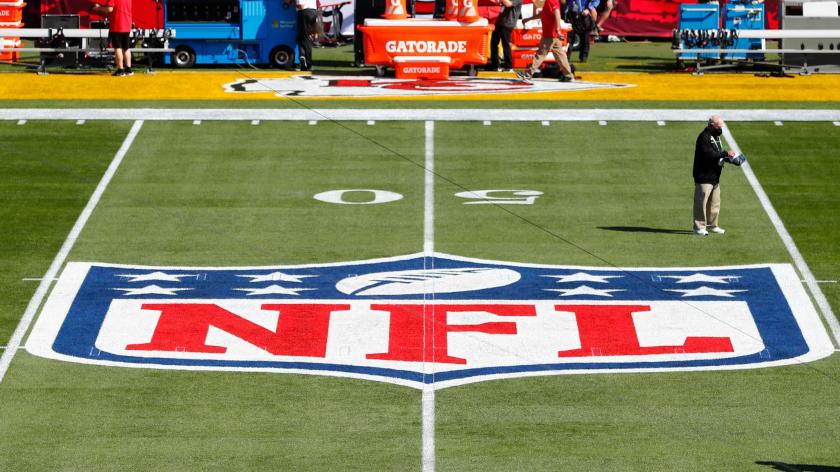June 1 is a watershed date in the NFL, as it involves many roster moves, and there could be bigger cuts and confirmations in the next few days. We'll explain why.
If a player is cut or traded before June 1, any dead money that accrues after that (such as a signing bonus previously paid but not yet posted) will have to be counted this year, so it will be charged against the cap this year. However, if someone is cut or traded after June 1, the entire portion of the prepaid signing bonus should not be reserved this year, but only the portion relating to this year, and the portion relating to subsequent years should be swallowed at the same time next year.
To make it easier to understand, here is an example. Let's say player X signs with team Y for 5 years for $100 million, of which $40 million is a signing bonus. The 40 million will be divided equally over a maximum of 5 years. If they wanted to cut a player after two years, for example, because he didn't work out, he would still have $24 million left in his signing bonus. If the reduction occurs before June 1, the full 24 million will have to be booked now, but if the reduction occurs after June 1, only 8 million will have to be accommodated this year, and 16 million next year.
This means that larger name cuts or even trades are possible in the coming days.
Additionally, it is also worth noting that each year teams can cut players already at the start of the spring by counting them as cuts after June 1st. In this case, the player can be verified immediately, but the dead money and savings created after that will only be registered now, on June 1st.
This means that starting tomorrow, many teams will free up millions from their salary cap, so they have more money to spend, which could also lead to bigger new drafts.












































